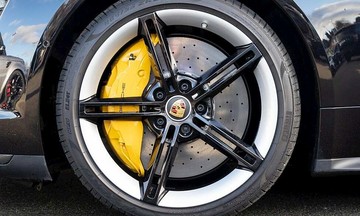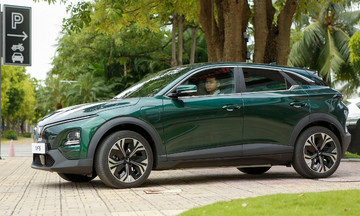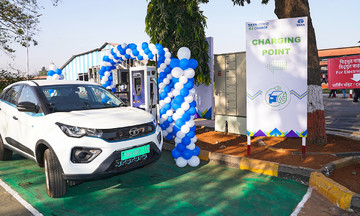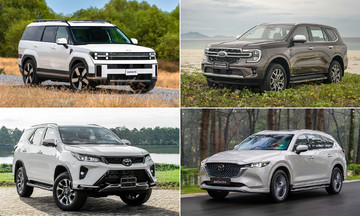Ferrari has promised to unveil its first electric vehicle (EV) next spring. This is new territory for the Italian supercar brand, so it appears they are benchmarking their product against a Chinese EV that has impressed the world.
A Xiaomi SU7 Ultra was observed leaving Ferrari's Maranello factory gates in Bologna, Italy. According to blogger Sago in Bologna, this suggests the sports car manufacturer is studying the Chinese model for its upcoming EV platform.
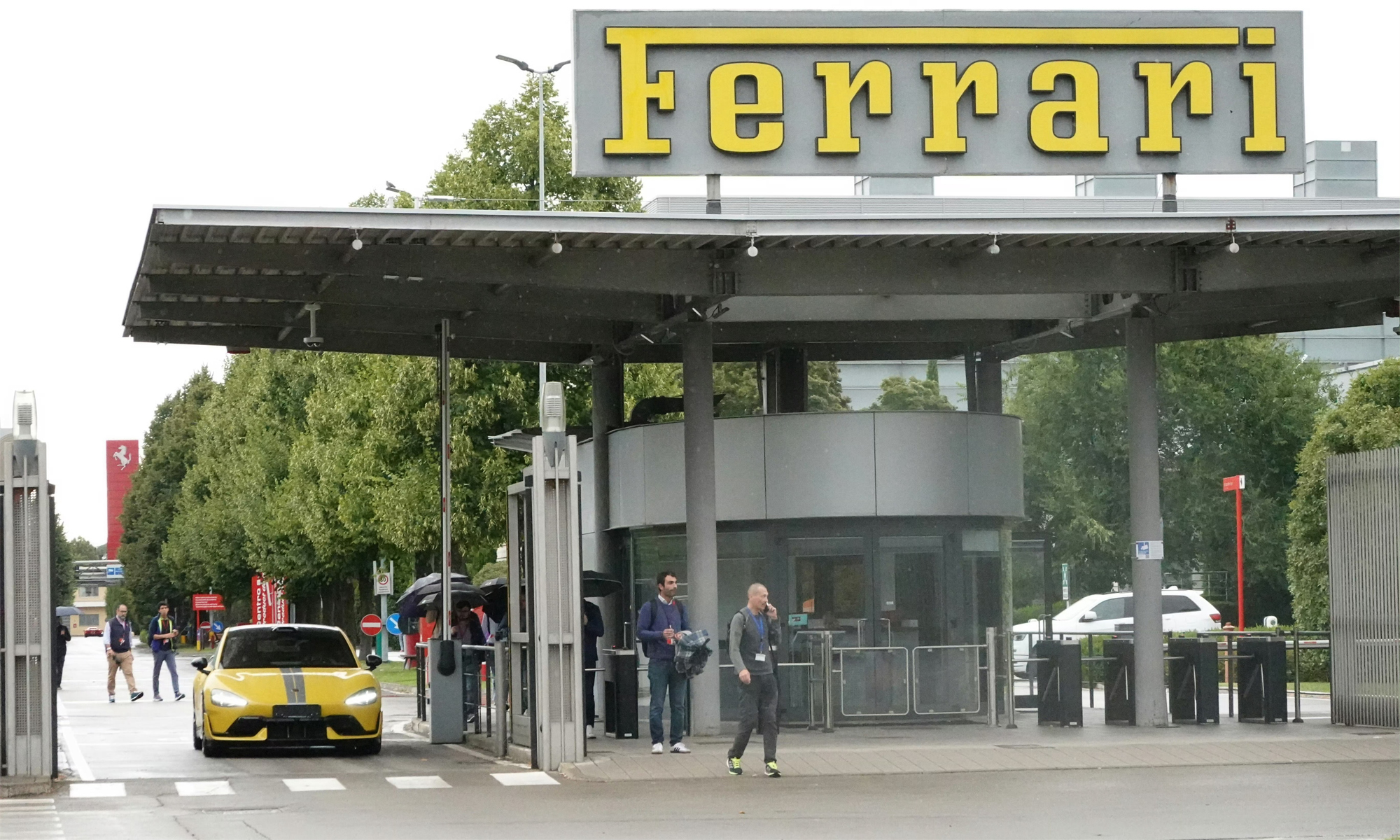 |
The yellow Xiaomi EV was spotted at Ferrari's factory gates. Photo: Piniluoshan |
The yellow Xiaomi EV was spotted at Ferrari's factory gates. Photo: Piniluoshan
The car exiting Ferrari's Maranello headquarters, painted yellow with two silver stripes – as seen in most of Xiaomi's promotional photos – made it easily identifiable.
Another auto blogger, Zurich Beileye, claims Ferrari representatives visited Xiaomi headquarters last year, possibly to discuss collaborating on next-generation high-performance electric motors. While an official partnership seems unrealized, Ferrari's use of the SU7 Ultra for internal study indicates interest in Xiaomi's engineering.
Like many brands, Ferrari regularly buys and borrows vehicles from competitors for research. But 5 years ago, the idea of the world's most famous sports car maker taking interest in a Chinese vehicle would have been unthinkable.
Much has changed in those 5 years. The SU7 Ultra currently holds the fastest EV lap time at Germany's Nurburgring, clocking in at 7:04.957, nearly 3 seconds faster than the Porsche Taycan. Furthermore, an Ultra prototype achieved a time of 6:22.091, placing it behind only the VW ID.R and Porsche 919 Evo Le Mans.
The SU7's coupe-sedan design, similar to the Taycan, houses a three-motor system generating 1,526 horsepower, enabling 0-100 km/h acceleration in 1.98 seconds and a top speed of 359 km/h.
Meanwhile, Xiaomi's CEO shares a similar interest in Ferrari's products. Last year, Lei Jun was seen driving a red Purosangue.
Some sources suggest Ferrari's first EV will be a limited-production vehicle to acclimate people to the idea of an engine-less car with the prancing horse logo on its hood. The second EV, expected to be a crossover, will hold greater significance. However, as Reuters reported last month, Ferrari has delayed this vehicle until 2028 due to weak demand in the luxury EV segment.
Recently, a Xiaomi EV was also spotted being transported to Hyundai's research and development center in South Korea. The move signals Hyundai's expansion in benchmarking EVs from abroad, now including models from Chinese automakers like Xiaomi.
My Anh (CarNewsChina)








